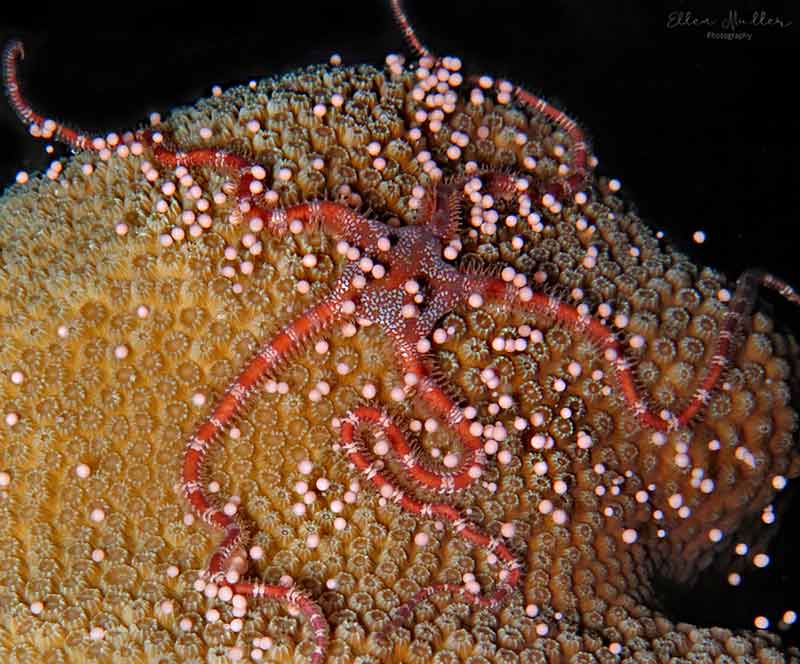Coral spawning predictions 2021 for the southern Caribbean, including Bonaire.
As in past years, the Carmabi Research Station in Curacao has collated data and feedback by divers in the southern Caribbean, and they have just published their best-educated guesses as to when the corals, and other marine invertebrates, will spawn in 2021.
Throw in some science and a great deal of luck!
It’s always good to remember that Mother Nature, being the fickle lady that she is, often has other ideas up her sleeves, so do take these predictions with the proverbial grain of salt. We humans can do our best to guess when spawning might occur, but when these animals decide to orgy will be up to them and an intricate weave of many factors, one of which is the status of the moon, especially in August, September, and October.
This year’s coral spawning predictions:
The forecast for the Bonaire coral spawning 2021 predictions is available now. Simply click on the graph below to view an enlarged version.
Color-coded for possibilities.
Carmabi has kindly indicated the coral spawning predictions with a color code to designate when spawning:
- might be possible (pale blue),
- might be likely (pale yellow),
- is likely (bright orange), and
- very likely (red).
Additional notations for planning your coral spawning dives.
- Days AFM = Days after the full moon
- Min BS = minutes before sunset
- Min AS = minutes after sunset
- Note that the times listed in this table are predictions based on last year’s observations. They do not guarantee that spawning will occur at specified times.
How can I better prepared to enjoy Bonaire Coral Spawning 2021?
- Plan to make multiple dives over multiple nights. In fact, plan to spend as much time as possible underwater during the predicted best times for coral spawning in 2021.
- Dive in areas with high coral cover. However, limit your depth to no more than 50 feet/15 meters to maximize your bottom time.
- Use a moderately bright dive light.
- Plan to enter the water BEFORE the predicted Bonaire coral spawning times.
- Continually scan the water column for clouds of spawn.
You can help with Citizen Science!
If you are indeed lucky enough to experience one of nature’s most wonderful events, do be sure you document your sightings with Carmabi. Citizen Science provides them with additional information and helps them make more accurate predictions for the coming years. Simply report all spawning observations (i.e. species, time, date, location, and general observations, with pictures if possible) to Carmabi via email.
(Source: Carmabi Research Station, image courtesy of Ellen Muller)










